Large Vietnamese markets exist in Europe, such as Dong Xuan in Berlin and Sapa in Prague. Dong Xuan Market in Leipzig is just as impressive and even more vibrant in terms of Vietnamese culture.

Anh Binh stands at the entrance of Dong Xuan Market in Leipzig, Germany. Photo by Dang Hoang Binh
Four decades ago, many Vietnamese came to Leipzig for work, and some decided to stay. Over time, they established a strong Vietnamese community in the city.
Upon entering the market, Anh Binh and his wife were struck by the prevalence of the Vietnamese language. Based on the photos and videos he took, one would hardly guess he was in Germany.
“I glanced around the perimeter of the market and noticed that most of the signs were in Vietnamese, such as market rules, haircutting and grooming services, and restaurant names like ‘Ha Noi Quan,’ ” Anh Binh said.
The market is divided into two main sections, each containing 70 stalls, mostly operated by Vietnamese vendors, with a small number of Indian businesses.
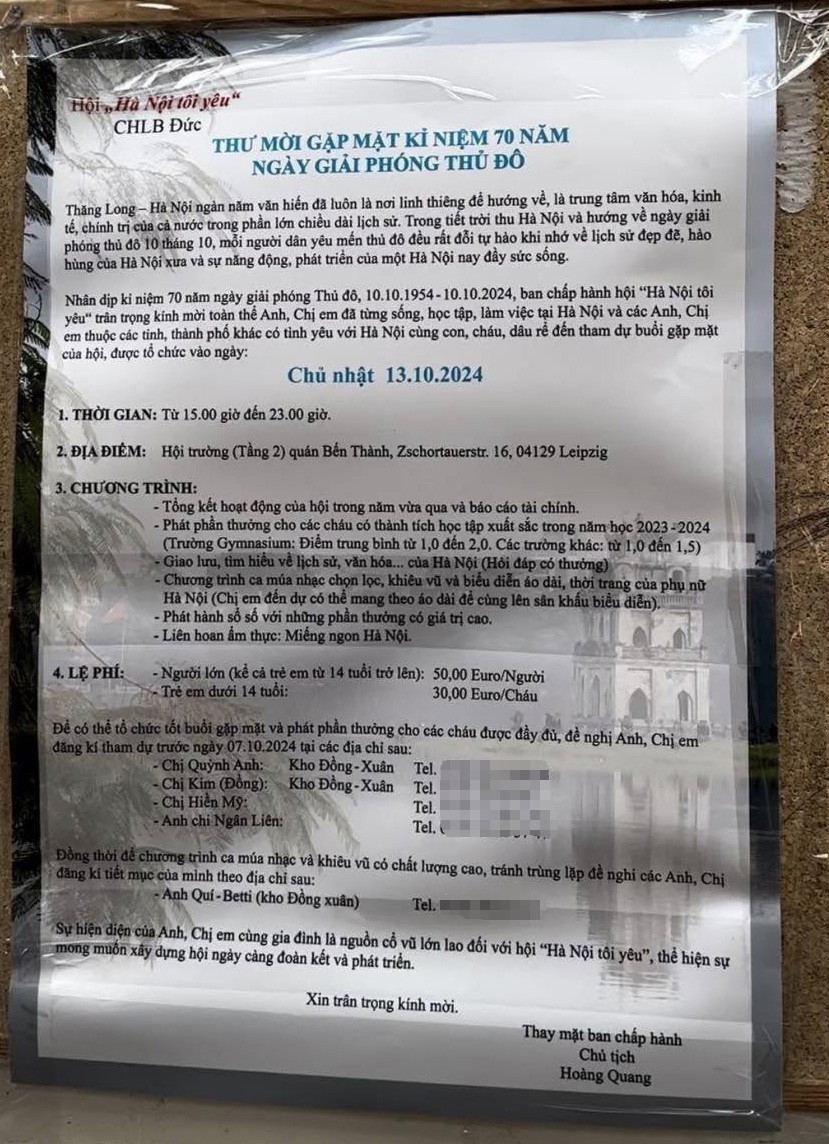
A notice board for the Vietnamese community at Dong Xuan Market in Leipzig. Photo by Dang Hoang Binh
As they explored the market, the couple discovered many surprises. “The market is huge and spacious, with a wide range of products, but it was surprisingly empty, with very few customers. The vendors were busy arranging their goods instead of sitting idle on their phones,” Anh Binh recalled.
“Perhaps they rely more on online orders these days. They were constantly busy, and people were coming and going to deliver or collect goods,” he added.
According to Anh Binh’s observations, the market offers a diverse range of products, mainly clothing. Additionally, there is a section for food items, restaurants, and shops that feel very Vietnamese.
The variety of goods is impressive, and the prices are surprisingly low. “Most of the clothing here originates from China, with smaller amounts from Vietnam and India. The majority of shop owners are Vietnamese, with only a tiny fraction from other nationalities,” Anh Binh noted.
“This is likely due to the strong Vietnamese community that has existed in Leipzig for a long time. Since the 1980s and 1990s, they have been doing business near the train station, and in 2005, they moved to the current location of Dong Xuan Market, about a kilometer away from the main station,” he explained.
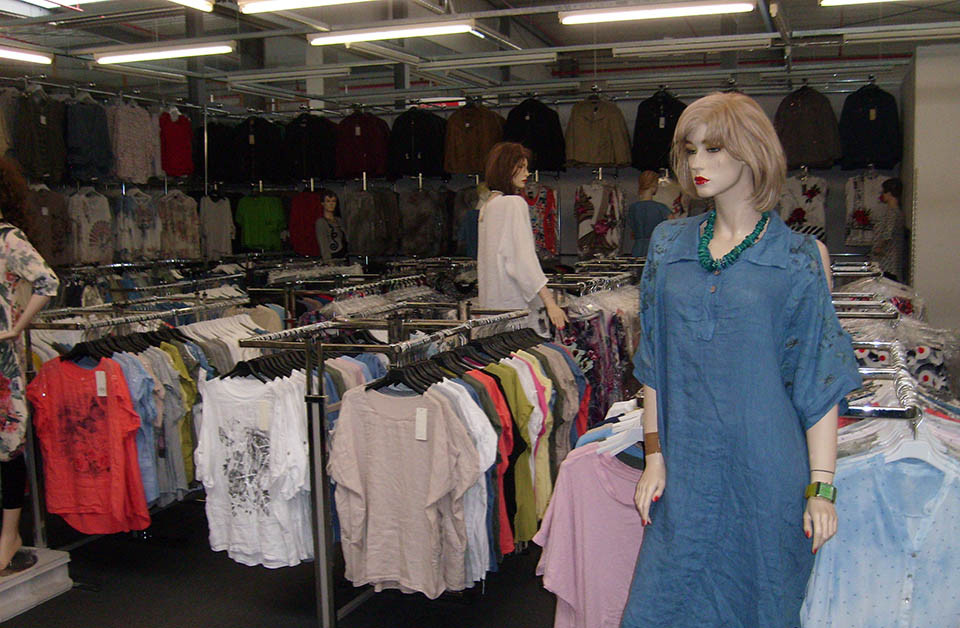
Clothing is the most prominent product category in the market. Photo: Dong Xuan Center Leipzig
Anh Binh noted that the Vietnamese restaurants in the market have a simple decor style reminiscent of the 1980s and 1990s, with some influence from Chinese aesthetics. Unlike some modern Vietnamese restaurants in Paris, they haven’t adopted contemporary Vietnamese design elements.
“The food here is quite similar to what you’d find in other European countries like France or Poland, but the prices are more reasonable. I ordered a bowl of pho and a plate of stir-fried noodles, and it felt like I had traveled back in time to a Vietnamese restaurant in France two decades ago,” he said.
One interesting aspect that made Anh Binh laugh was the selling style of the vendors. “It’s exactly like the way they sell at Dong Xuan Market in Hanoi. I asked a shop owner if they sold magnetic stickers for refrigerators. She was busy typing something on her calculator and gave me a very clear and firm ‘no’ without looking up,” he shared.
“That was the only interaction I had with anyone in the market. It felt cold and blunt but also familiar,” he added with a smile.
“Tourists are not the primary target customers here. The market mainly serves Vietnamese traders from other places who come to buy goods in bulk.”
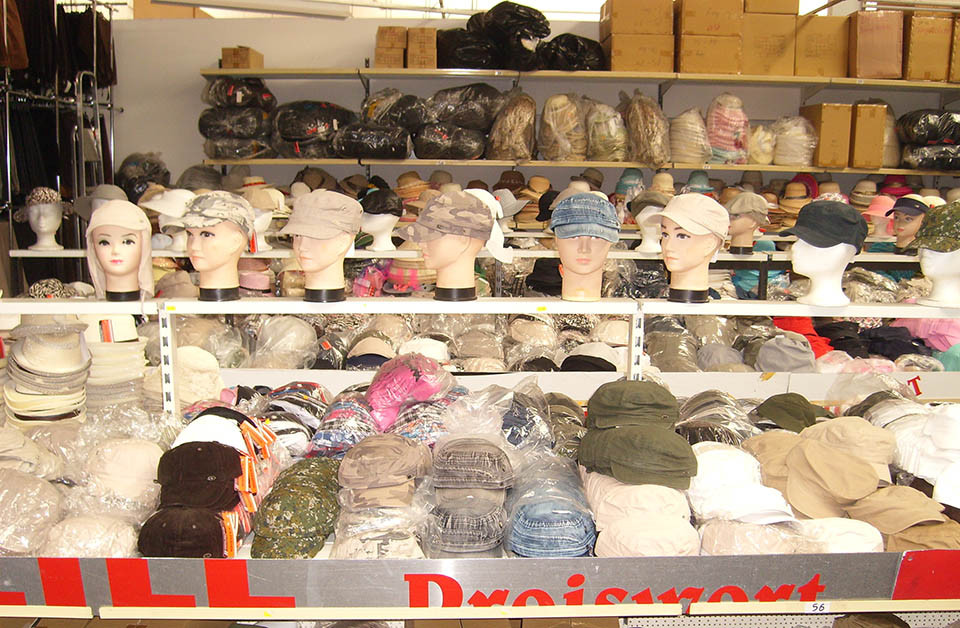
Fashion items at Dong Xuan Market in Leipzig are even cheaper than in Hanoi. Photo: Dong Xuan Center Leipzig
What surprised Anh Binh the most were the incredibly low prices. “Not only are they cheaper than other markets in Germany or compared to the average German income, but they’re also cheaper than the Dong Xuan Market in Hanoi. Many items are extremely affordable, like thick coats for only 5 euros each (less than 150,000 VND),”
At lunchtime, they entered a Vietnamese restaurant and noticed two tables of Vietnamese people chatting casually over a cup of tea and a cigarette—a typical Vietnamese social scene.
The restaurant owner was friendly and allowed Anh Binh to climb on a chair to pick grapes from a vine he had planted around the restaurant for decoration, wind protection, and fruit. “It was a unique experience to pick grapes under the curious gaze of Western customers and the cheerful smile of the owner, knowing that the grapes were organically grown with bird droppings as fertilizer,” he said.
Anh Binh, who has visited many Asian markets in France, found Dong Xuan in Leipzig to be a distinctively different model, strongly influenced by Vietnamese culture, specifically the Dong Xuan Market in Hanoi. He recommends that travelers take the opportunity to explore this vibrant marketplace.
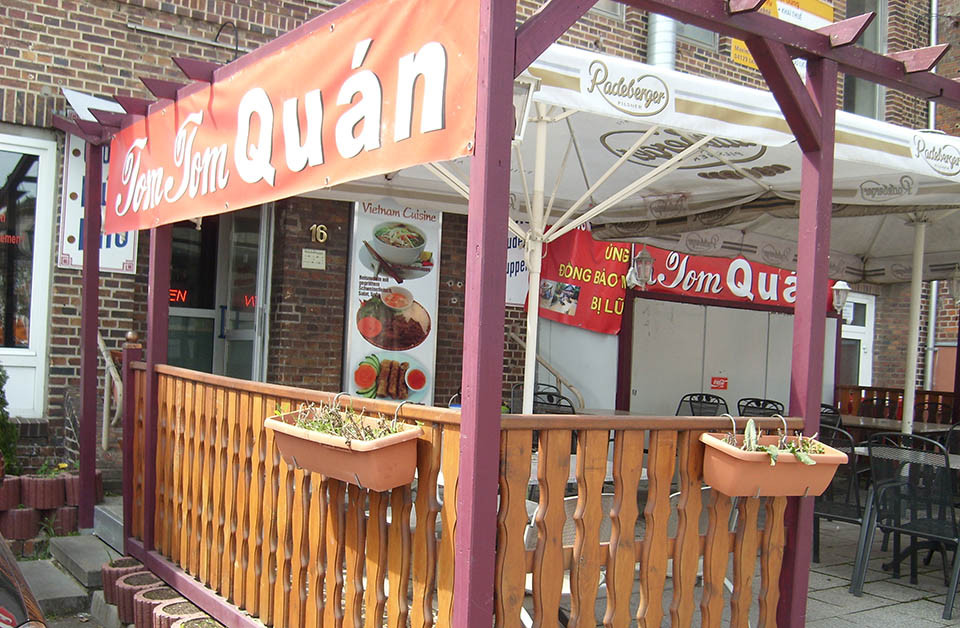
The restaurant where Anh Binh and his wife had lunch. Photo: Dong Xuan Center Leipzig
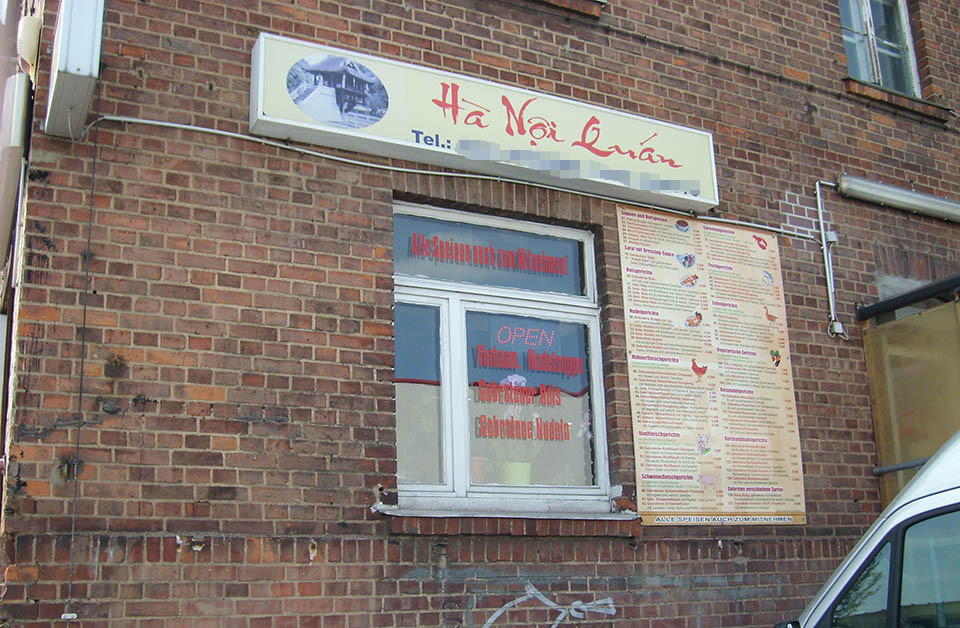
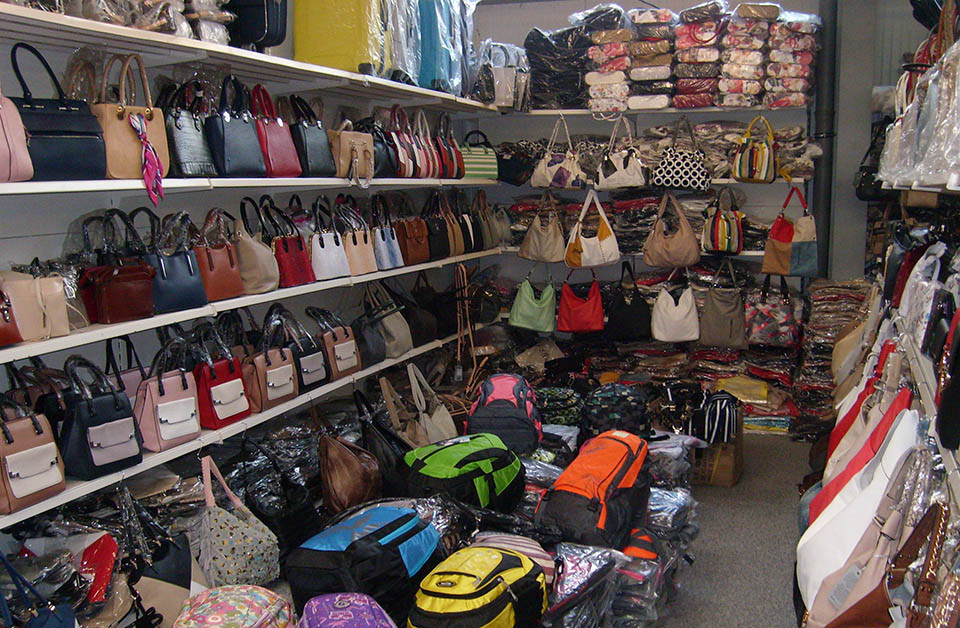
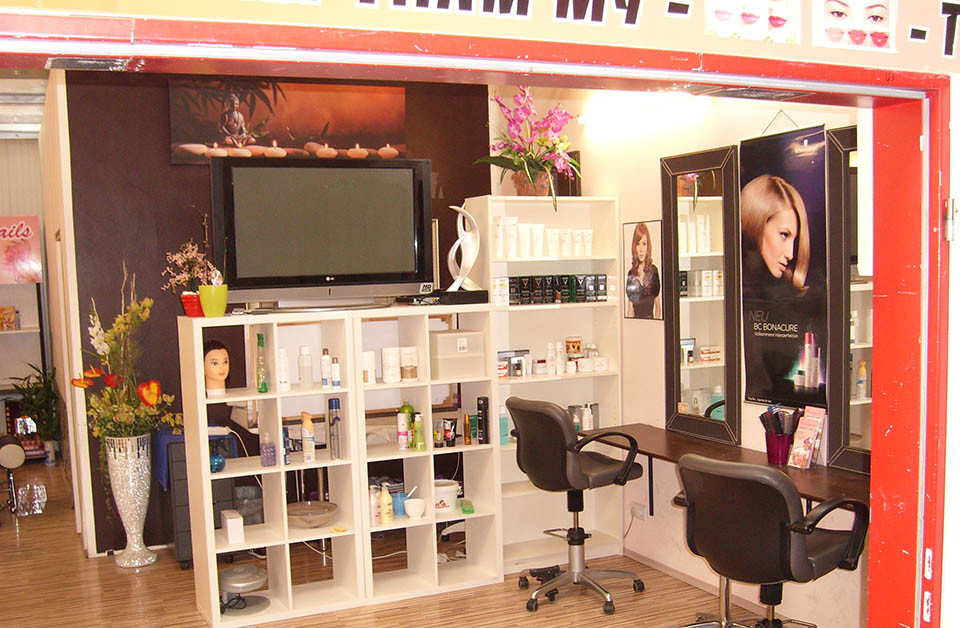
Various corners of Dong Xuan Market in Leipzig. Photos: Dong Xuan Center Leipzig






























